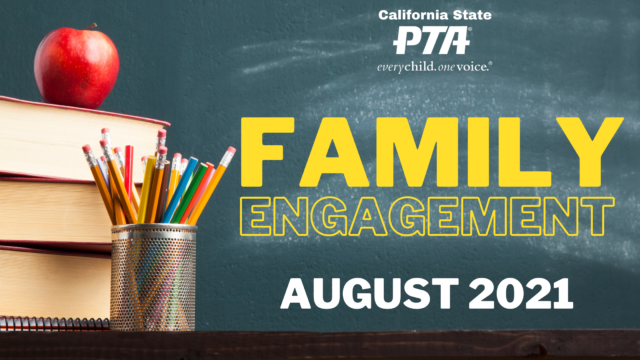By the California State PTA Leadership Services Commission
As your local PTA starts to plan the year ahead, take some time to think about how to use meetings to both accomplish the business of the organization and engage members.
The first question is how to get people to attend. PTA families come in all shapes and sizes. Two income families, single parent families, divorced/widowed parent families, adoptive families, foster families, grandparent-led families, LGBTQ+ families, families with special-needs children at home, small families, huge families, deployed families, the list goes on and on. They all have something in common, they are busy families!
Three Kinds of Meetings, Three Different Opportunities
General association meetings are the big and most inclusive meetings that ALL paid members should be encouraged to attend. This is where you present to members your budget, your financial review, and your end of the year financial report. You also elect the nominating committee and the next executive board at these meetings.
Encouraging as many people as possible to attend general meetings helps to meet your required quorum and is part of being transparent as a board. Presenting a program at an association meeting is an effective way to encourage more members to participate. The program might involve a speaker, community forum, student panel or special activity. And it might focus on topics of interest to everyone on campus such as student learning, or health and wellness.
When organizing programs for association meetings, remember to:
- Survey members for input on possible programs
- Plan and publicize programs in advance
- Keep the program schedule flexible to address an unexpected situation on campus
- Provide presentations on topics or activities that bring all types of families together
After the meeting, the board should assess the effectiveness of the program and decide if this will become a standard part of your PTA program from now on or if you need to re-evaluate what the needs of your community are. The California State PTA Leaders’ Website has more information about how to plan and run your association meetings.
Executive board meetings typically occur monthly. Members of the elected board, appointed officers such as the parliamentarian, your principal, a teacher rep, and committee chairs meet monthly to discuss what the committees have been working on, pay bills, assess the progress on your organizational goals, and make decisions for the good of the organization. The date of the meeting is usually the same day each month and is stated in the standing rules section of your bylaws. In some PTAs, these monthly board meetings are held prior to an informational program open to all families or prior to updates from the principal and PTA leaders.
Committee meetings include members of the relevant committee who meet to discuss a specific program or fundraiser. They work out the details and bring their plans back to the executive board. These are usually very casual and easy to organize because there is a very small pool of people involved. As this blog describes, committees are an effective strategy both for getting things done and involving members in small but important volunteer roles that can engage and excite them to continue with PTA.
Take a look at the Tips for Leaders section of the Leaders’ Website for more suggestions about both member engagement and effective meetings.
